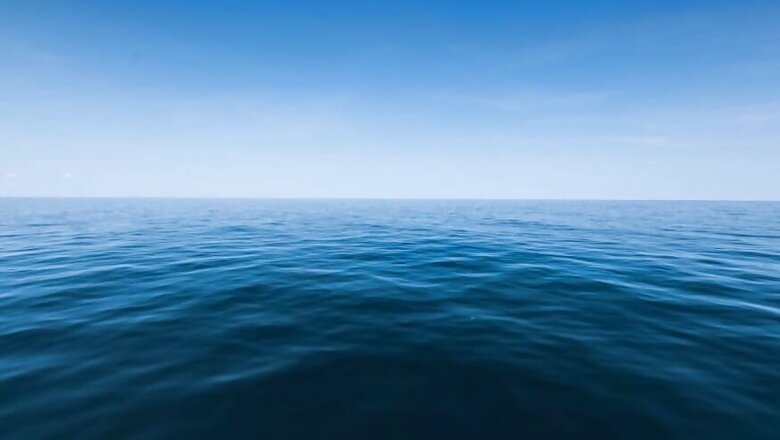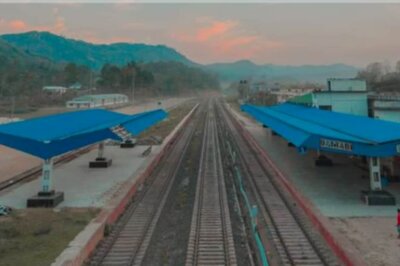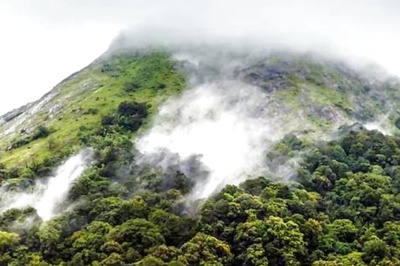
views
Did you believe earth looked like this 3.2 billion years ago? Think again. A new study suggests that our planet was covered with oceans at the time, and there was absolutely no landmass. This finding could change the way science perceives the way life on earth began, and indeed how the planet has evolved. The paper “Limited Archaean continental emergence reflected in an early Archaean 18O-enriched ocean” comes after co-authors Boswell Wing of the University of Colorado, Boulder and Benjamin Johnson of the Iowa State University examined the approximately 3.24-billion-year-old hydrothermally altered oceanic crust from the Panorama district in the Pilbara Craton of Western Australia. They also suggest that the oceans may have been warmer at that time.
“We suggest that seawater δ18O may have decreased through time, in contrast to the large increases seen in marine chemical sediments. To explain this possibility, we construct an oxygen isotope exchange model of the geologic water cycle, which suggests that the initiation of continental weathering in the late Archaean, between 3 and 2.5 billion years ago, would have drawn down an 18O-enriched early Archaean ocean to δ18O values similar to those of modern seawater,” say the co-authors in the paper.
The co-authors believe that the Panorama has what was the hard, outer shell of the planet. “There are no samples of really ancient ocean water lying around, but we do have rocks that interacted with that seawater and remembered that interaction,” says Johnson. The process, he says, is like analyzing coffee grounds to gather information about the water that poured through it. To do that, the researchers analyzed data from more than 100 rock samples from across the dry terrain.
“There are no samples of really ancient ocean water lying around, but we do have rocks that interacted with that seawater and remembered that interaction,” - Benjamin Johnson, Iowa State University
They say the hunt was specifically for two different flavors, or “isotopes”, of oxygen trapped in these ancient rocks. These are the slightly heavier atom called Oxygen-18 and a lighter one called Oxygen-16. The researchers discovered that the ratio of those two isotopes of oxygen may have been a bit off in seawater 3.2 billion years ago—basically, there was a bit more of the Oxygen-18 atom population than the balance that exists in oceans today. “Though these mass differences seem small, they are super sensitive,” Wing said. The change in balance now compared to then is because of the presence of landmass, or continents.
The researchers explain that the land masses now are covered by clay-rich soils that disproportionately take up heavier oxygen isotopes from the water, such as mineral vacuums for Oxygen-18 isotopes. The researchers believe that the higher ratio of Oxygen-18 isotopes back then indicates there were no landmasses to speak of, and no clay-rich soils sucking up these isotopes.
This basically leads to the assumption that continents were formed at some stage because tectonic plates pushed up large chunks of rocks that eventually became the continents we know today. When exactly? The researchers aren’t sure just yet. But they plan to head to younger rock formation sites in Arizona and South Africa to gather hints about when the first landmasses emerged from under the oceans.


















Comments
0 comment